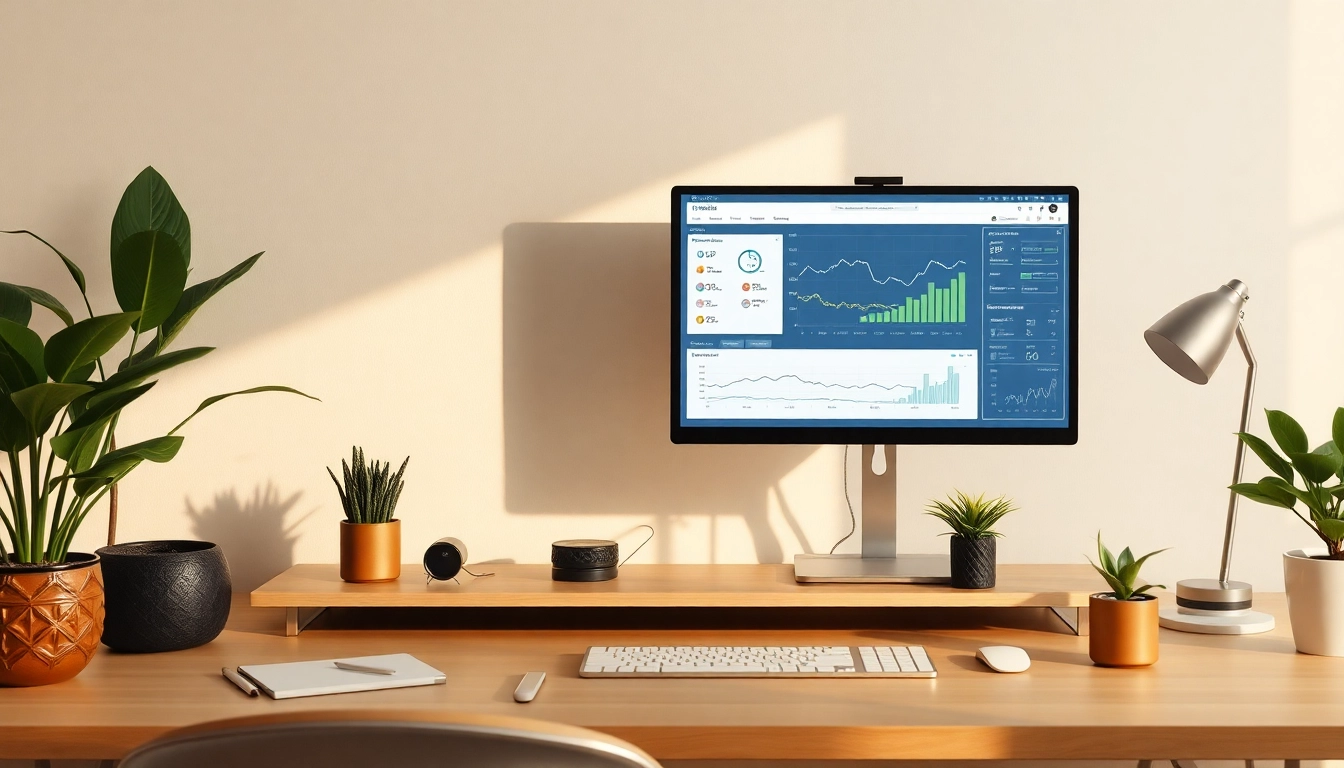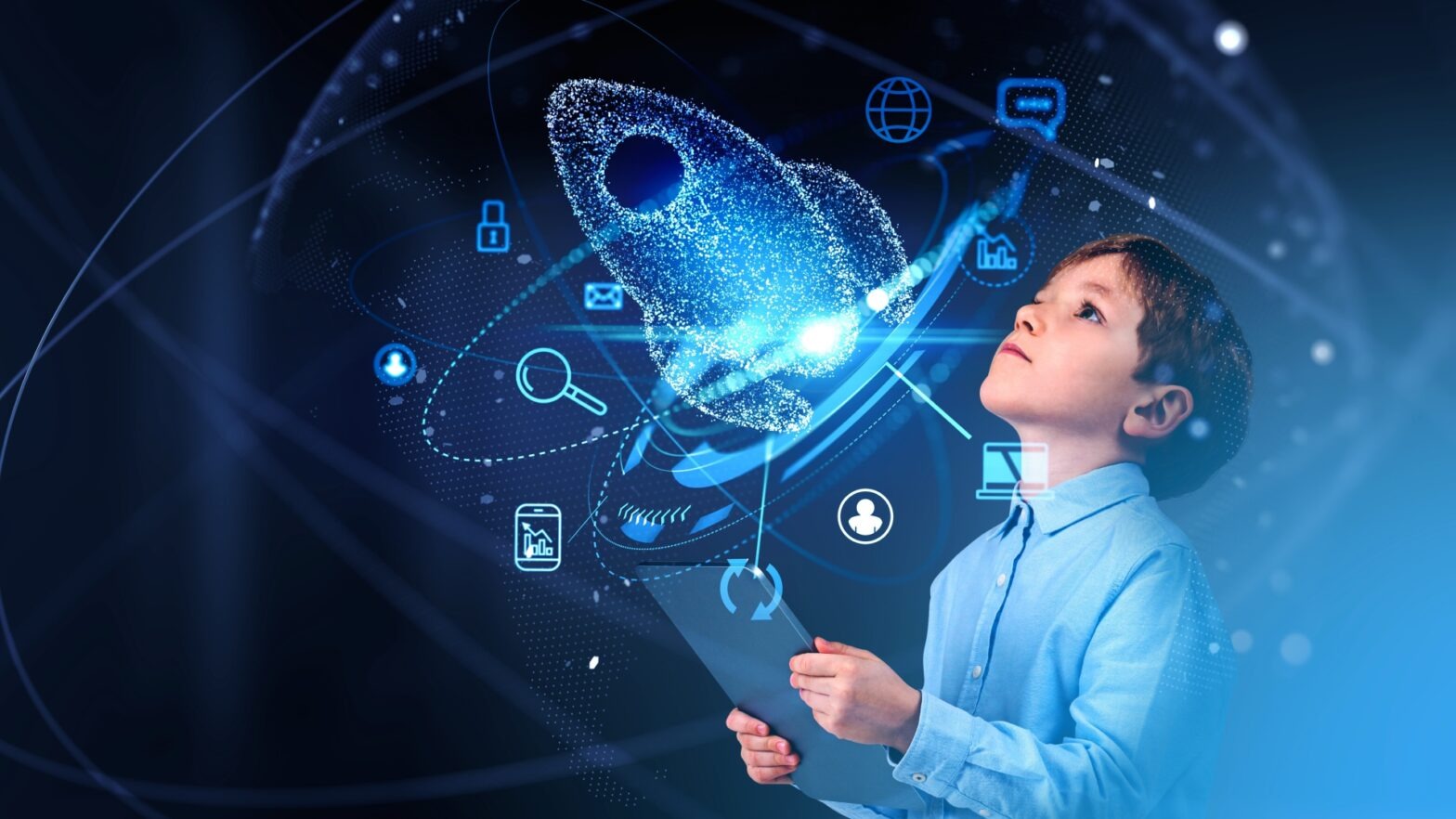Understanding Informatics and Its Role in Healthcare
In today’s fast-paced healthcare environment, the array of data generated is staggering, necessitating the use of sophisticated systems to manage and analyze this information. Healthcare informatics is at the forefront of optimizing this data for better patient outcomes. informaticsview.com serves as a vital resource, illuminating the intersection of technology and healthcare through comprehensive insights, tools, and innovations. In this article, we will explore the facets of health informatics, its development, core applications, challenges, solutions, and future trends that shape this ever-evolving field.
What is Informatics?
Informatics can be broadly defined as the study and application of information technology to manage and analyze data within various domains, including healthcare. It encompasses several disciplines that focus on the design, development, and use of systems that make complex data comprehensible and actionable. This discipline combines elements of computer science, information science, and domain-specific knowledge, thus optimizing the delivery of services and facilitating evidence-based decision-making.
History and Development of Healthcare Informatics
The roots of healthcare informatics can be traced back to the 1960s and 1970s when hospitals began adopting electronic systems to manage patient records. As technology evolved, so did the field of informatics; by the 1980s, significant advancements, such as the introduction of Clinical Decision Support Systems (CDSS), made their mark on the healthcare sector. The 1990s witnessed a boom in Health Information Technology (HIT) as organizations strived to improve efficiency and quality of care through electronic health records (EHRs). Fast forward to the current era, where artificial intelligence (AI) and big data analytics are driving innovations in health informatics, offering unprecedented opportunities to enhance patient care.
Key Components of Informaticsview.com
Informaticsview.com stands as a pivotal platform that offers an array of resources, tools, and community engagement opportunities in informatics. Key components of this platform include:
- Educational Resources: Comprehensive content aimed at informing healthcare professionals about current trends, technologies, and practices in health informatics.
- Case Studies: Real-world applications and outcomes demonstrating the effectiveness of informatics strategies.
- Community Engagement: Forums and discussion boards that foster collaboration and knowledge exchange among informatics practitioners.
- Research Insights: Access to the latest studies and publications that push the boundaries of healthcare informatics knowledge.
Core Applications of Informatics in Healthcare
Electronic Health Records Management
Electronic Health Records (EHRs) are one of the most significant advancements in healthcare informatics. EHRs replace paper-based records and provide a digital alternative that enhances accessibility and interoperability of patient data. By using EHRs, healthcare providers can quickly access a patient’s history, medications, allergies, and test results, facilitating seamless care transitions between providers.
In addition to improving data accessibility, EHRs empower healthcare organizations with advanced analytics capabilities. By analyzing patterns in patient data, organizations can identify trends, improve treatment methodologies, and enhance patient safety outcomes. Furthermore, compliance with regulations (such as HIPAA) ensures that patient data is safeguarded, thereby promoting trust in the healthcare system.
Clinical Decision Support Systems
Clinical Decision Support Systems (CDSS) represent another crucial application of informatics in healthcare. CDSS provide healthcare professionals with evidence-based clinical knowledge to support their decision-making processes. These systems utilize patient data to deliver alerts, reminders, clinical guidelines, and diagnostic support.
For instance, CDSS can alert physicians about potential drug interactions based on the patient’s medication history, which helps minimize adverse drug events and enhances patient safety. Research has shown that integrating CDSS into clinical workflows not only improves clinical outcomes but also promotes adherence to best practices.
Telemedicine and Remote Patient Monitoring
The rise of telemedicine has revolutionized patient care, particularly in rural and underserved areas where access to healthcare services may be limited. Telemedicine leverages telecommunications and digital technology to facilitate remote patient consultations and monitoring. This service has become increasingly popular due to its convenience, allowing patients to consult healthcare providers from the comfort of their homes.
Remote Patient Monitoring (RPM) complements telemedicine by enabling continuous monitoring of patients’ health metrics using wearable devices and mobile applications. This application is vital for chronic disease management, enabling healthcare providers to track patients’ health status in real time and intervene proactively when necessary. Studies demonstrate that RPM can lead to improved health outcomes by ensuring that patients receive timely care based on their monitoring results.
Challenges and Solutions in Implementing Informatics
Data Security and Privacy Concerns
With the vast amounts of personal health information being stored and shared digitally, data security and privacy have become paramount concerns in healthcare informatics. Data breaches can lead to compromised patient information, resulting in significant legal and financial consequences for healthcare organizations.
To mitigate these risks, organizations must implement robust data security protocols, including encryption, regular security audits, and compliance with regulations like HIPAA. Training staff on data privacy best practices is also essential to creating a culture of security awareness within the organization.
User Adoption and Training Strategies
Implementing informatics systems is only part of the challenge; ensuring user adoption is equally critical. Healthcare professionals may resist changes to their workflows, particularly with the introduction of new technologies. To address this, organizations should invest in comprehensive training programs tailored to the various user groups, providing hands-on sessions and ongoing support.
Creating a sense of ownership among users by involving them in the selection and design processes can also enhance acceptance. Encouraging feedback and making iterative improvements based on user experiences can lead to a more favorable adoption rate.
Integration with Existing Healthcare Systems
Integrating new informatics solutions with existing healthcare systems presents a significant challenge. Mismatched systems can lead to fragmentation of patient data, inefficient workflows, and increased risks for errors. To mitigate these challenges, organizations should prioritize choosing interoperable solutions designed to work smoothly with legacy systems.
Building a strategic plan that includes phased implementations and thorough testing can also facilitate smoother transitions. Additionally, fostering partnerships with vendors that provide continuous support and updates is essential to maintaining an integrated informatics ecosystem.
Future Trends in Healthcare Informatics
Artificial Intelligence and Machine Learning Applications
Artificial Intelligence (AI) and Machine Learning (ML) are setting new standards in the healthcare informatics landscape. These technologies enable healthcare providers to analyze vast datasets, uncover trends, and make predictions that were previously unattainable with traditional analytical methods.
For example, AI-driven predictive analytics can identify populations at risk for specific diseases, allowing for proactive interventions. Machine learning algorithms can also enhance diagnostic accuracy by identifying patterns in radiology images or pathology specimens faster than human counterparts. As these technologies mature, their integration into healthcare informatics will increasingly shape practice patterns and delivery models.
The Rise of Patient-Centric Informatics
Patient-centric care focuses on designing healthcare systems and processes around the needs and preferences of patients. Healthcare informatics is evolving to place the patient at the center of data collection and utilization. This approach empowers patients by providing them access to their health data, enabling them to manage their care actively.
Mobile applications that facilitate health tracking, telehealth consultations, and access to personal health records are becoming commonplace. Such patient engagement tools encourage individuals to take ownership of their health status and contribute to data-driven healthcare improvements.
Impact of Health Data Analytics
Health data analytics is instrumental in tailoring health interventions to specific populations based on comprehensive analyses of healthcare data. By employing advanced analytics techniques, healthcare organizations can develop targeted initiatives that address the unique needs of different demographic groups.
Moreover, data analytics can reveal insights into patient outcomes, highlighting areas for quality improvement within healthcare delivery systems. This information can inform policy decisions and funding allocations, paving the way for more efficient and effective healthcare solutions.
Leveraging Informaticsview.com for Better Healthcare Outcomes
Resources and Tools Available
Informaticsview.com serves as an invaluable hub for healthcare professionals looking to leverage informatics for enhanced patient outcomes. The platform offers a wealth of resources, including research articles, expert insights, best practice guidelines, and a variety of tools to support informatics initiatives. Users can access case studies showcasing successful informatics implementations, further inspiring and educating healthcare professionals.
Case Studies and Success Stories
Sharing success stories and case studies is vital in showcasing the practical applications of informatics in healthcare settings. For instance, a hospital’s implementation of an EHR system that resulted in reduced patient wait times and improved medication safety reflects how informatics can drive positive changes.
Case studies featured on Informaticsview.com provide actionable insights, demonstrating various strategies employed by healthcare organizations to overcome challenges and improve patient care quality. These narratives not only impart knowledge but also serve as motivation for others looking to enhance their informatics capabilities.
Engaging with the Informatics Community
Informaticsview.com offers numerous avenues for healthcare professionals to engage with the informatics community. Forums, webinars, and live discussion boards foster collaboration and knowledge sharing. Networking with peers can facilitate the exchange of ideas, best practices, and innovations that can lead to enhancements in individual organizations.
Moreover, participating in community discussions allows healthcare professionals to stay informed about the latest trends, research developments, and technologies that impact informatics, creating an ecosystem where shared knowledge contributes to shared success.















Leave a Reply